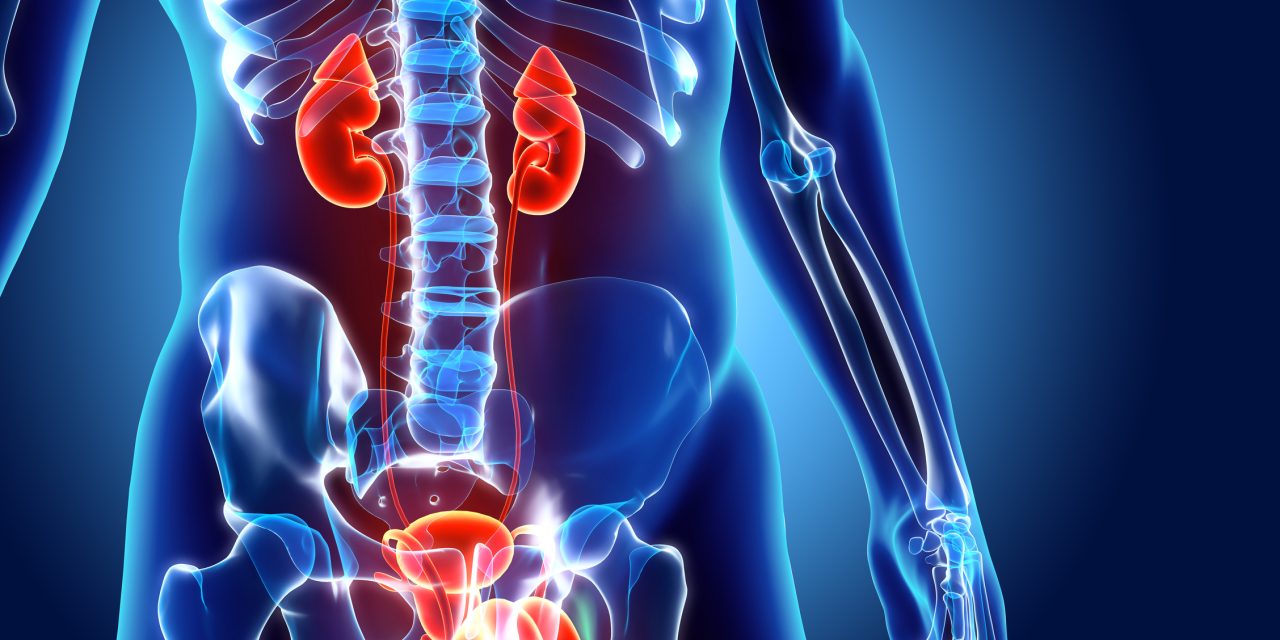This study states that We led a cross-sectional examination to assess whether the various situations during pee impact the electrical movement of the stomach and perineal musculature, just as the uroflowmetric boundaries of youngsters with lower urinary parcel brokenness (LUTD).
94 kids between the ages of 3 and 14 years with indications of LUTD were assessed. All went through uroflowmetry and electromyography tests (stomach and perineal) in two unique positions: situated position (trunk twisted somewhat forward and feet level) and abnormal position (remaining on toes for young men and hindquarters not in contact with the latrine seat and legs flexed in young ladies). We prohibited nine patients because of doubts of outside impedance or components convoluting the examination of diagrams.
Among patients assessed 55 (64.7%) were young ladies and 30 (35.3%) were young men with a normal period of 8.5 years. Youngsters peeing in abnormal position showed more significant levels of perineal electrical action than when they were in ordinary position (p = 0.018). Be that as it may, there was no distinction in the example of the bend if typical or unusual when contrasting the two gatherings (p = 0.824). When assessed independently, the young men exhibited no contrast between positions, comparable to perineal electrical action (p = 0.412) or stomach electrical action (p = 0.202).
Reference link- https://www.sciencedirect.com/science/article/abs/pii/S1477513114001314


